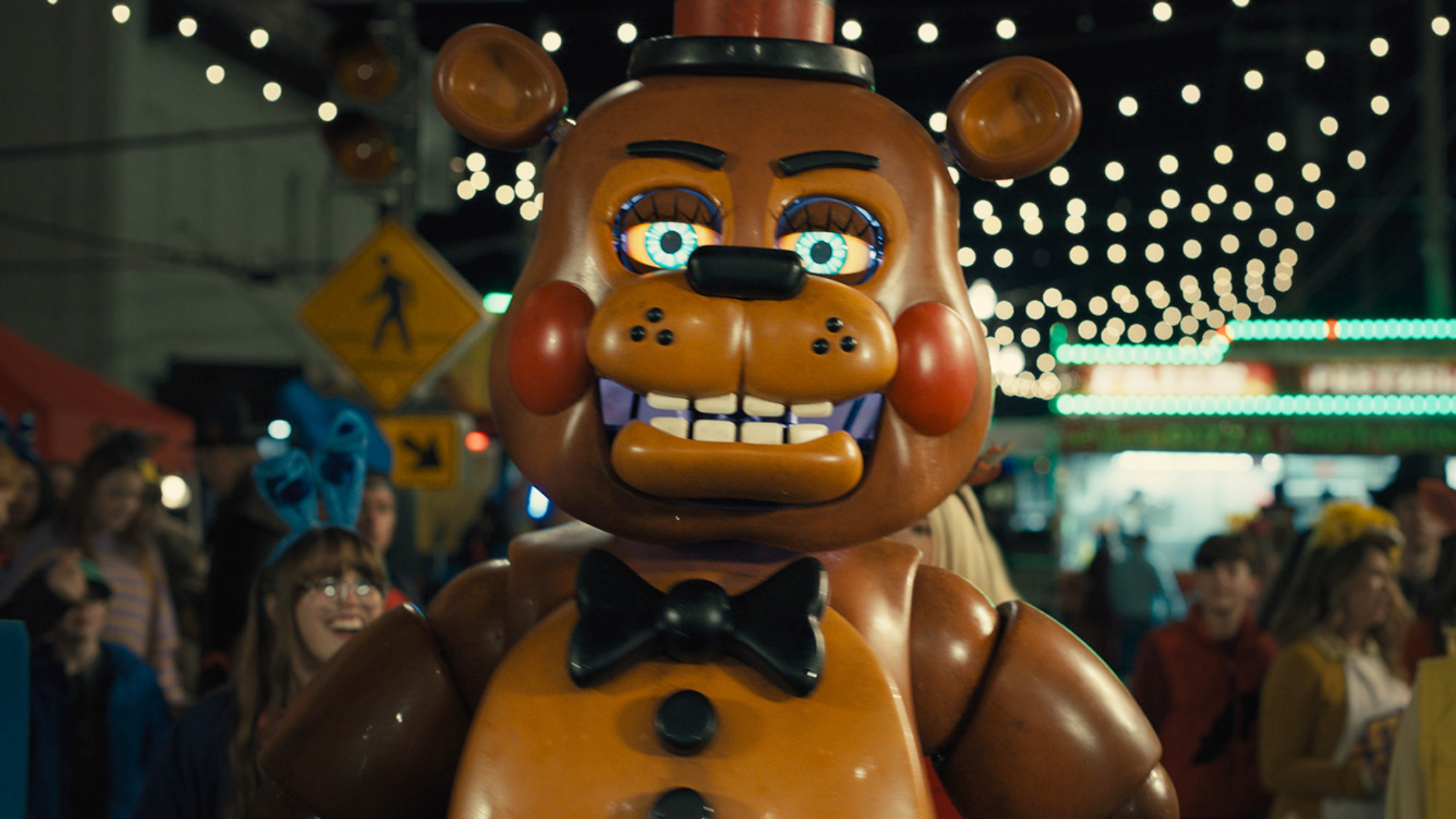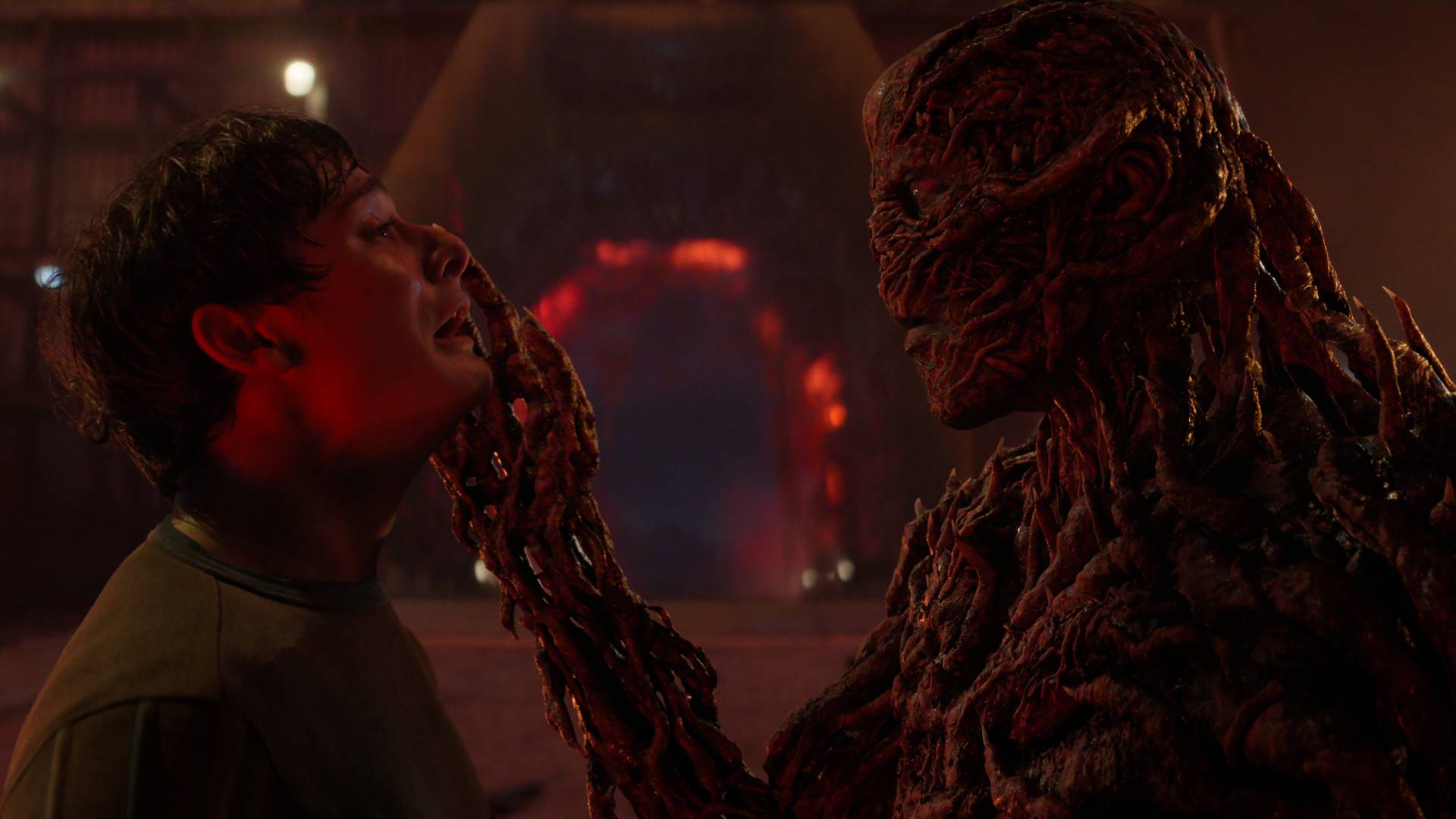Horizon Forbidden West could have the perfect setting in San Francisco, if Guerrilla can reckon with its history
As Aloy leaves Colorado behind, we examine whether San Francisco's complicated past could make for a brighter future in Horizon Zero Dawn
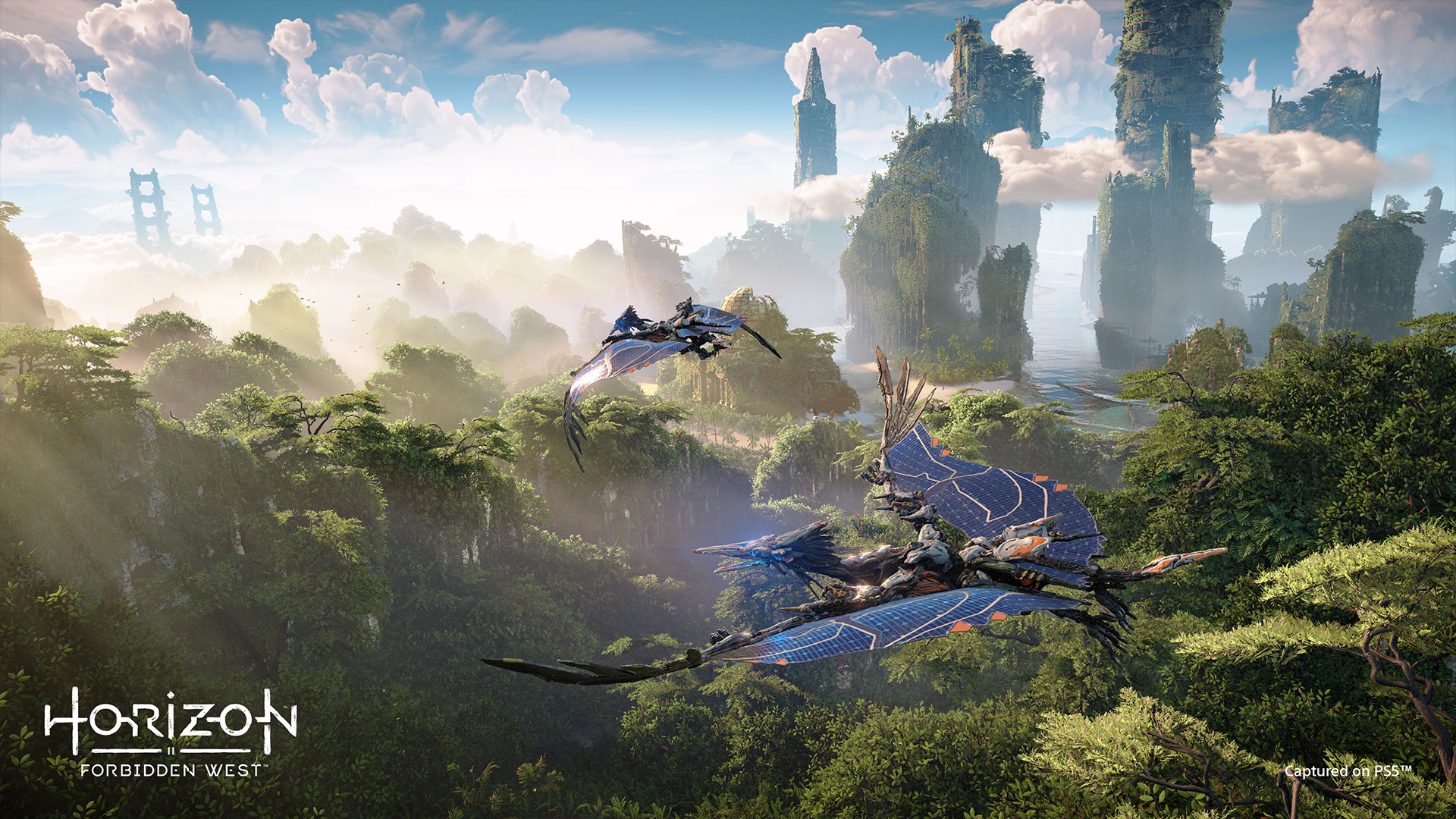
Horizon Zero Dawn was one of the most exciting new IPs of this generation, and now Guerrilla Games is looking to continue that momentum into the PS5 era with a sequel, Horizon Forbidden West. Amongst the heaps of praise afforded to Horizon Zero Dawn, there was criticism of the cultural appropriation of Native American culture, in Aloy's aesthetic, in the heavy use of phrases like 'primitive' and 'savages', and in ways it suggested Horizon's tribal lifestyle was a relic of an inferior history, ignoring the ways tribal and community governments still exist in indigenous cultures today. With the colonial implications which come with a title like 'Forbidden West', there's a fear this appropriation might become even worse this time around. However, while it's clear the Native American-centric design of Aloy isn't going anywhere, the setting of San Francisco could offer Guerrilla a chance to address some of the issues.
Several prominent San Francisco buildings have featured in the brief previews of Horizon Forbidden West we've seen so far, such as the Ferry Building, the Transamerica Pyramid, the Palace of Fine Arts and, of course, the Golden Gate bridge. It's likely then that the choice of San Francisco is thematically important, and given that San Francisco is a city with one of the most fascinating histories in the Western world, there's a lot of things that could ultimately mean for the game.
A History Of Violence
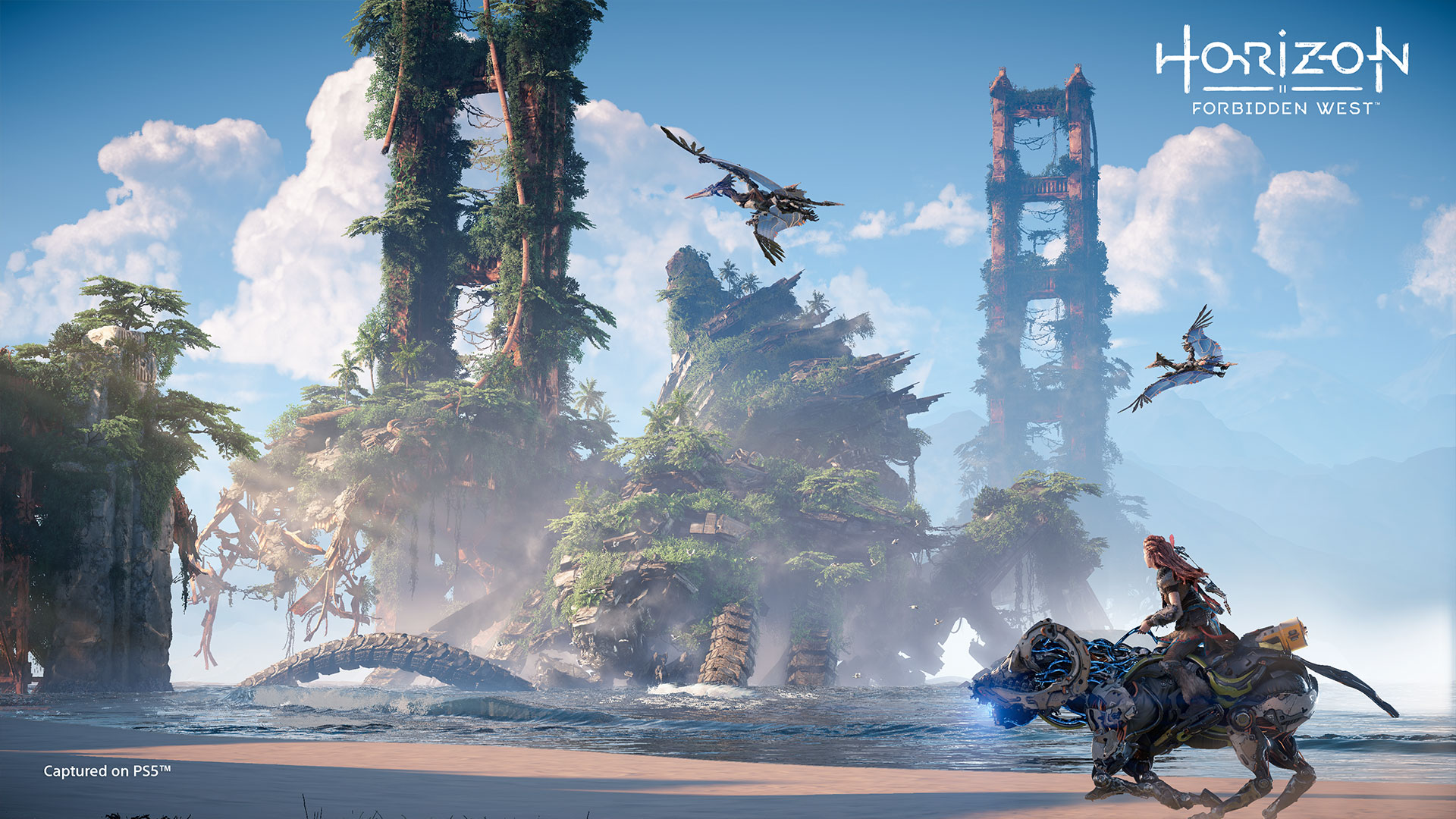
Let's take a brief look at San Francisco's history now, to save us getting bogged down later. Pencils ready? Good. Indigenous people like the Ohlone lived in San Francisco from at least as early as 3000 BC, with Spanish settlers arriving in 1769. The French, English and Russians further colonised parts of San Francisco over the next few decades, though the area remained under Spanish control. Following the 1821 Spanish-Mexican War, it was absorbed by Mexico, and then after the 1848 American-Mexican War, it became absorbed by the USA. It then immediately exploded with the furore of the Gold Rush and took San Francisco from being a minor town on the West Coast to a thriving, 25,000 strong city nicknamed the Paris of the West. By 1906 though, earthquakes and fires reduced the city almost to ash. Right, now let's put the history books down and take a look at what San Francisco's complicated history might mean for Horizon Forbidden West.
It's not just that the city was colonised – name an American city that wasn't – but that it changed hands so many times, and it wasn't until the dust had settled that any settler realised the true value of the land, only for natural disaster to then tear fifty years of imperial progress down to rubble. How Aloy's journey intertwines with this complex history will be key to whether Horizon Forbidden West is going to confront the problematic elements of its predecessor or compound them.
Though the 'forbidden west' was hinted at in Zero Dawn through some in-game dialogue and hidden journals, we still don't know that much about it... What we have seen though is a new tribe, working with the mysterious Sylens, who share Aloy's ability to possess the Machines, turning their eyes yellow rather than blue. It's through these people, and Aloy's connection with them, that Forbidden West might be able to address the colonial undertones of the title and the appropriation the series relied on in Zero Dawn.
Taking San Francisco's history into account now, the game's trailer looks to be setting up Aloy as the Spanish invaders, and those with Sylens as the original indigenous Ohlone people. Simply painting those who already thrive in the Bay Area as roadblocks on Aloy's journey and having her stride through their lands with the spirit of Manifest Destiny would be a terrible waste of San Francisco's potential as a setting though, especially for a game so unique as Horizon.
But where there's life, there's hope, and it may be that Aloy instead listens to and learns from this new tribe; they clearly have a more advanced knowledge of the Machines than Aloy does, and even this small anti-colonial gesture could go some way to repairing the problematic elements of an otherwise great series. Of course, Guerrilla could also paint Sylens' people as magical Natives and position Aloy as their white saviour, but let's just imagine for a second that they don't.
Weekly digests, tales from the communities you love, and more
Digging For Gold
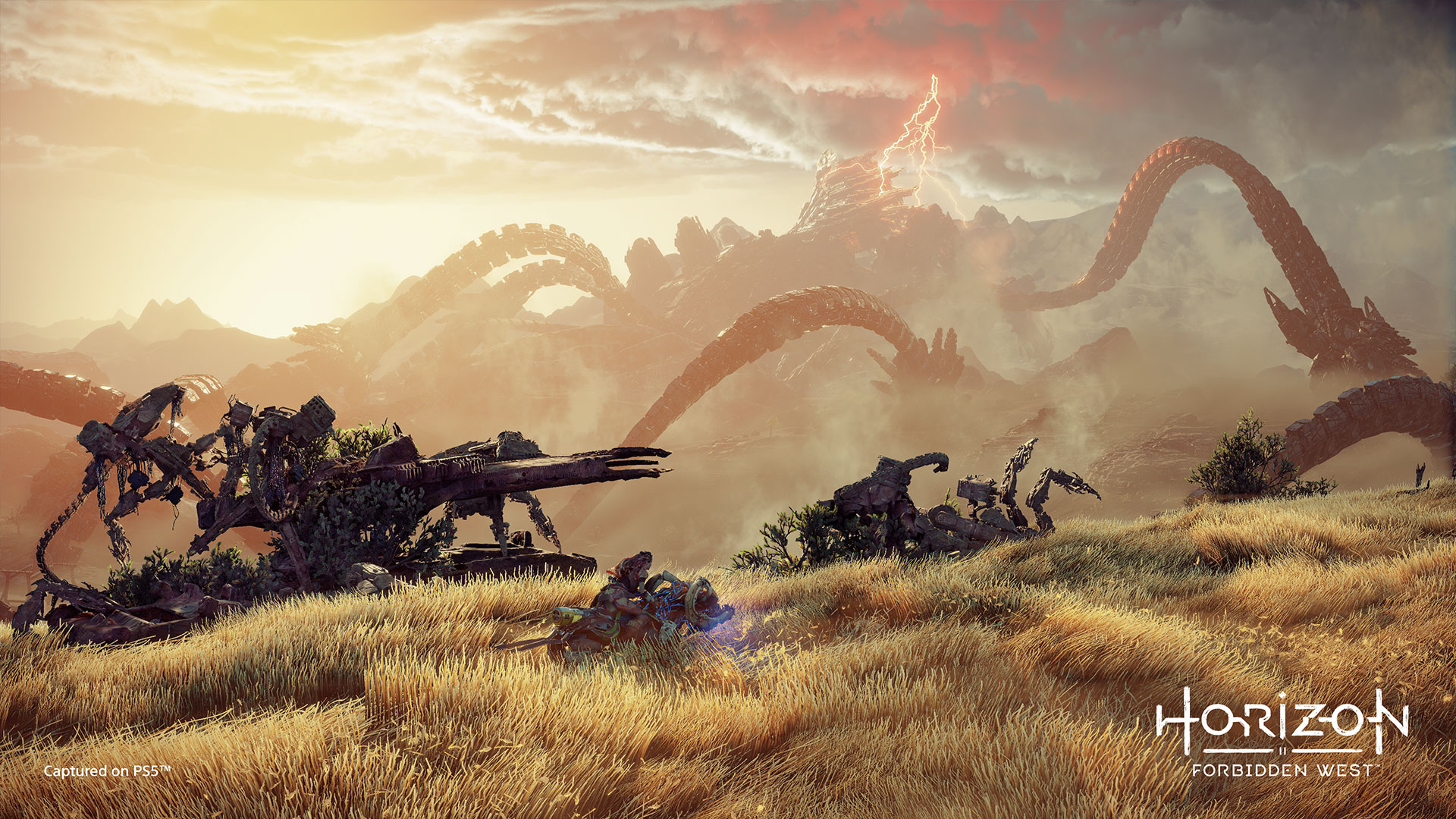
To truly take advantage of its setting, Horizon might be better served examining the more modern elements of San Francisco's history. Not only do we see a handful of new Machines, we also see plenty of actual animals. Hermit crabs, fish, pelicans, foxes… there's clearly something very special in San Francisco, something Aloy's home of Colorado is missing. Could this, whatever it is, be akin to the gold excavated from the San Francisco of the 1850s? And could, like the ominously dead fox Aloy approaches, nature reward human greed and over-reaping of this resource with the hubris of natural disaster and death?
We associate the gold rush with buck-toothed prospectors doing a merry jig, but in truth it was a violent, greedy era of history. Native Americans were pushed further away from their traditional homes, slaves were put to work in mines to earn their freedom, and the Republican party was founded on the backs of the success of the gold rush; a success enjoyed mainly by the merchants, and rarely by the actual working miners. We see a rotten carrot being dug up from a red field in Horizon’s trailer, while storm clouds gather overhead and red lightning bolts crash down, suggesting that whatever miracle has given rebirth to life in San Francisco has come at a price. Clearly, something is amiss, and those red flowers seem to have a lot to do with it.
With San Francisco being taken from the Ohlone by the Spanish, from the Spanish by the Mexicans, and from the Mexicans by the Americans (with the English trying to buy it from the Mexicans in between), San Francisco saw a lot of warfare in the 19th Century. The trailer ends with the same people who can control the Machines with ease marching into an epic battle, atop a mammoth a la Lord Of The Rings, with Aloy raising her bow in what seems to be defiance – although it could be in support. Either way, that might mean Aloy has inserted herself into another conflict, just as she did in Zero Dawn with the Carja. This history of European Imperialism/Manifest Destiny violence could be another reason why San Francisco was chosen as the setting for Forbidden West, and could suggest that this hint of a war shown in the trailer only scratches the surface.
So, has San Francisco been chosen to counteract claims of colonialism, or will it just serve to further the only serious blot in Horizon's copybook? Are there links to the Gold Rush and the rise and fall of the Paris of the West? Or instead to the half decade at the turn of the 19th Century which saw the city change hands three distinct times with minor settlements in between? Or is it just because Guerrilla Games thought the Ferry Building would look cool underwater? We'll have to wait and see, but hopefully it's not the latter.
Stacey is currently the Editor-in-Chief of TheGamer, but was once a freelance journalist with bylines at Polygon, GamesRadar, The Washington Post, The Huffington Post, TechRadar, SYFY Wire, and IGN, among others.

